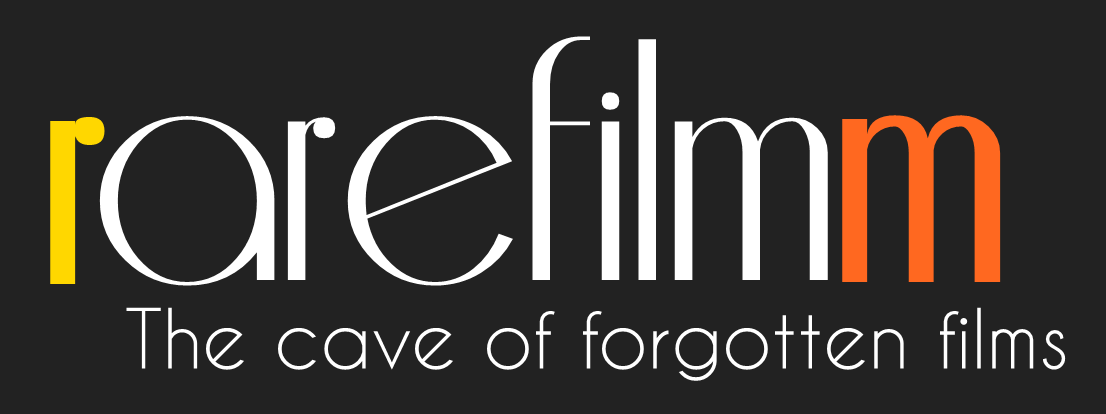A nurse from Ukraine searches for a better life in the West, while an unemployed security guard from Austria heads East for the same reason. Both are looking for work, a new beginning, an existence, struggling to believe in themselves, to find a meaning in life…
Tag: AUSTRIA
Whether in the countryside or on the edge of the city, amusement parks or fun fairs are hot across Europe. Their names, amusement parks and fun fairs, say it all: People want to be amused, they want to have fun. For example, at the Europark in southern Germany a dummy with a contorted face sits in an electric chair. Smoke comes out of him and a light flickers off and on from out of the roasted “brain” of the dummy, which shudders and cries in pain. A film on the culture of amusement in today’s “leisure” society.
Summer in Vienna is the backdrop for intersecting anecdotes about six locals. Anna, a compulsive hitchhiker, travels to shopping malls with strangers. A widower asks a cleaning woman to strip for him. A divorced man and woman who still live together try to make each other miserable. A teacher suffers violence at the hands of her boyfriend. These different people live out unfulfilled existences, attempting to muffle their isolation.
The intellectual Willie flees from his bourgeois-academic environment, leaving behind his wife, child, and job to lead a vagabond life. In Vienna, he meets the retired laborer Josef, who becomes his closest friend. Together, they drink and roam the city. Willie makes one last attempt to visit his ex-wife in Salzburg, but she turns him away. Secretly, he takes his son Tommi with him, putting him in danger when they encounter a sinister motorcycle gang.
Here the different poses of the artist provide the raw material for Peter Kubelka to create an ecstatic work that deals with rhythm and repetition, as much as with human actions and automatisms. Together with Mosaic and Afrikareise, Kubelka considers this to belong to his metaphoric film work.
This television essay from 1985 was written by Leonard Bernstein to commemorate the 125th anniversary of Gustav Mahler’s birth. Recorded in Israel, Vienna and later in London, it is punctuated by biographical interludes and illustrated by musical examples drawn from the cycle of Mahler’s works recorded by Bernstein. Bernstein talks, plays and conducts various orchestras (Israel Philharmonic Orchestra, London Philharmonic Orchestra, Wiener Philharmoniker) and soloists (Janet Baker, Christa Ludwig, Edith Mathis, Lucia Popp, Walton Groenroos) in performances spanning 17 years.
During the anti-communist revolution in Romania in 1989, political exile Paul Weiss struggles to learn the fate of a childhood friend. As he slowly uncovers the truth, he descends into a world of revolutionary chaos, imprisonment and attempted assassination.
Four people at the breakfast table, an American family, are locked in the beat of the editing table. The short, pulsating sequence at the family table shows, in its original state, a classic, deceptive harmony. Matin Arnold deconstructs this scenario of normality by destroying its original continuity. It catches on the tinny sounds and bizarre body movements of the subjects, which, in reaction, become snagged on the continuity. The message that lies deep under the surface of the family idyll, suppressed or lost, is exposed–that message is war.
